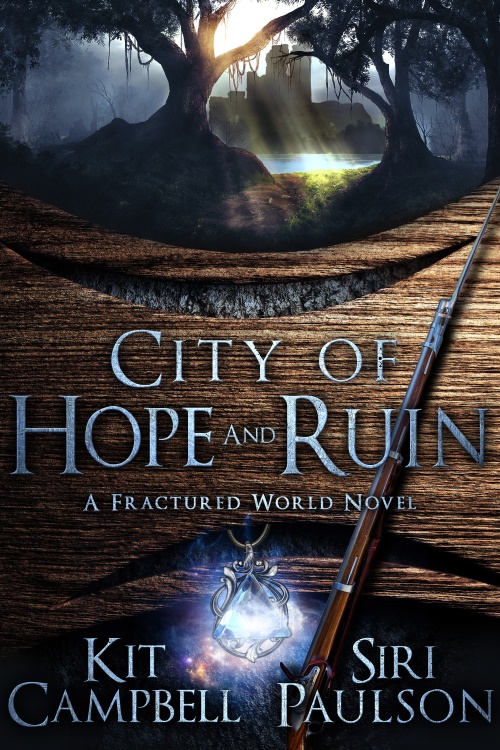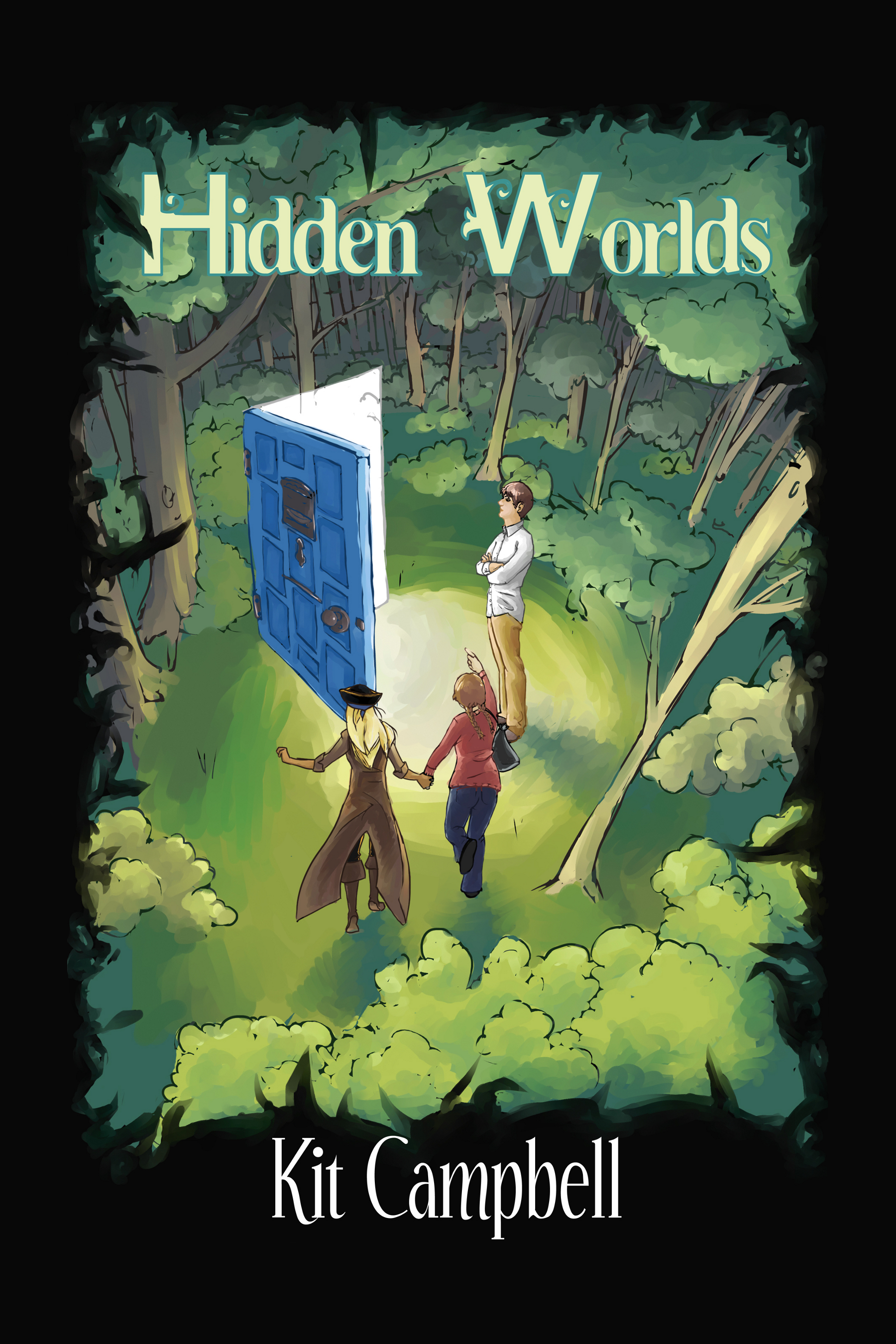Here we go, as promised.
So, as I mentioned on Tuesday, the Japanese people tend to be both Buddhist and Shinto(ist?). Shinto is the native Japanese religion, founded 2000+ years ago, and is a ritualistic system that believes in a series of nature spirits, or kami. (There is also some aspect of ancestor worship involved, but I am less clear on that.) Buddhism reached Japan in the 6th century AD and, as the Japanese were already polytheistic, they pretty much just incorporated Buddhism in without really worrying about it.
It’s really very interesting, to see the two religions (or ways of life, because as one of our guides explained, most Japanese don’t see themselves as religious) next to each other. Almost every temple has a Shinto shrine on temple grounds or immediately next door, so the kami can guard the temple.
Oh, Buddhism has temples and Shinto has shrines. Shrines can be to one kami or several, or may also be to important people of the past or ancestors. Aside from the guarding shrine, Buddhist temples also use a lot of Shinto protection imagery, such as rope and strips of paper in lightning shapes.
Shinto has a number of different kami, including some that are considered “main” ones, such as Amaterasu and Inari. Some kami have specific messengers that apply to them. Inari is in charge of the harvest, and business prosperity (and seemingly anything you want to pray to him/her for), and it has foxes (or kitsune) for messengers, though they are special white foxes. Major kami also have main temples, or taisha. We had the opportunity to visit Inari’s just south of Kyoto, called Fushimi Inari Taisha. There are over 10,000 toriis (sacred gates) there, mostly donated by businesses hoping Inari will bless them.
The pure white animals tend to be a trend in Japanese mythology, often associated with different deities or spirits. In Nara, myth says that a Shinto deity arrived on the back of a white deer to protect the (then) capital. To this day, deer are considered sacred in the city and allowed mostly free reign as long as they stay in a massive park in the middle of town. (The deer are also known for eating anything they can manage.)
It really was very fascinating. We visited a ton of temples and shrines throughout our wanderings, and passed quite a few more–shrines, especially, seem to be everywhere, alongside roads and trails, both small and large. We stayed in a Buddhist monastery our last night, and they had a tiny shrine in their garden.
And both were very welcoming. As long as you were polite and respectful, no one seemed to mind your presence. And everyone encouraged us to take part in the rituals (or a Buddhist ceremony we got to attend) or try out different fortunes or charms. So that was nice as well, not only to see them in action but get to experience them as well.



